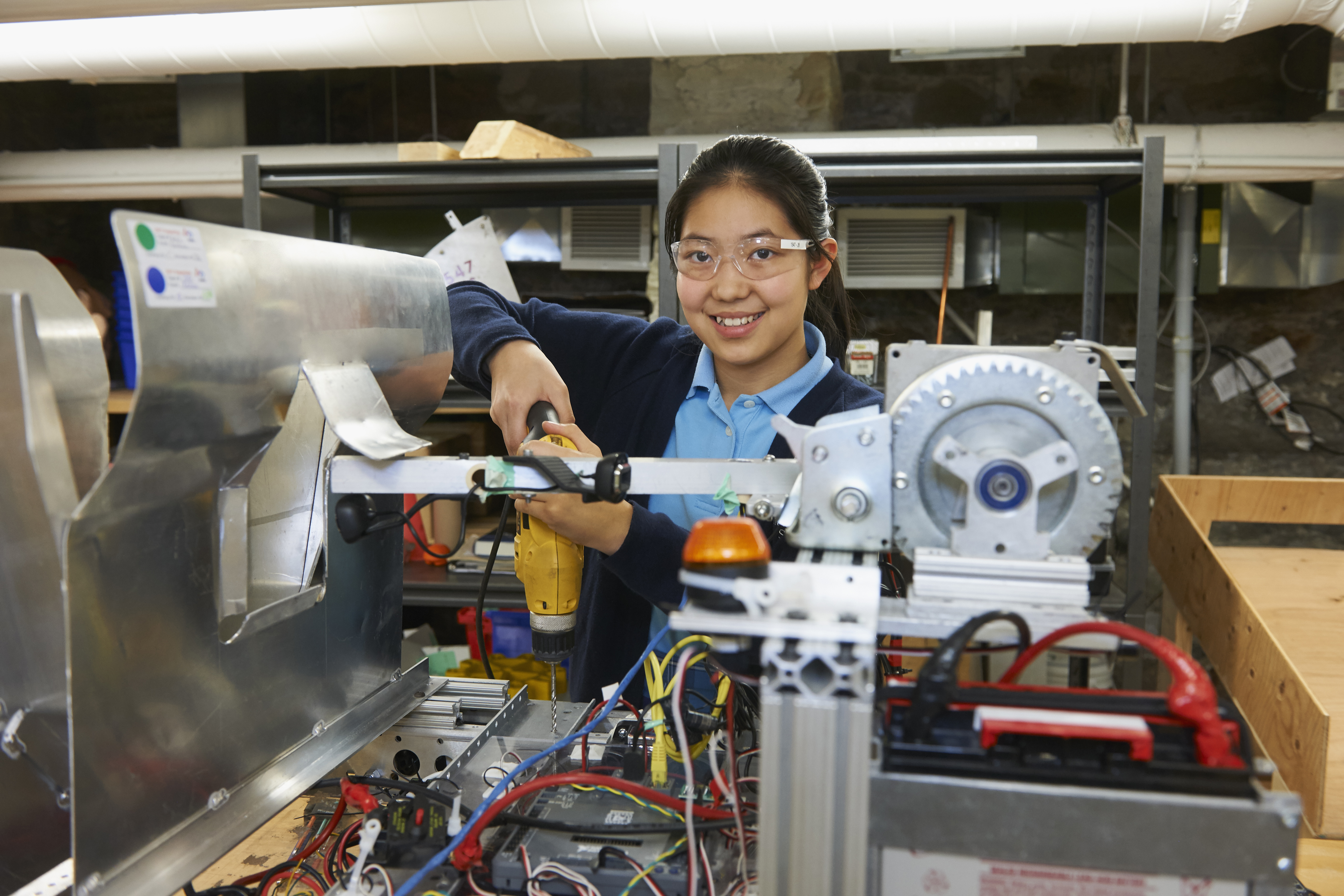 |
|
The study highlighted that the children of more myopic parents were more likely to attend academic senior high school, and the researchers’ underlying assumption in classifying students into the two streams was that the children who gain competitive admission to the academic senior high schools are more likely to have followed educational pathways that involve more educational pressure, near-work and less time outdoors. Photo: Getty Images. Click image to enlarge. |
The parts of the world affected by the current epidemic of myopia have in common intensive education systems that share cultural attitudes that lead to avoidance of time outdoors. In mainland China, the prevalence of myopia among school-age children increases from less than 5% in the first grade of primary school to around 70% among junior high school graduates after nine years of compulsory school education. After graduation from junior high school, all students sit for a competitive senior high school entrance examination. If the students reach a certain standard, they can enter academic senior high school and spend the next three years on academic studies in preparation for the university entrance examination. If the students do not achieve that score, they can only enroll in vocational senior high school. These students spend the next three years learning technical skills in a variety of vocational areas, such as cooking, welding, etc.
A recent study in Investigative Ophthalmology and Visual Science investigated the changes in spherical equivalent (SE) and axial length (AL) and cumulative incidence of myopia and high myopia in Chinese 15-year-old adolescents entering a non-academic stream of senior high school education. It determined that attending vocational senior high school from the age of 15 years old was associated with a lower rate of annual change in refraction, eventually leading to almost zero annual change in refraction.
The study used data from the Guangzhou Twin Eye Study, which enrolled first-born twins from ages seven to 15 and were followed-up annually for 12 years. A total of 880 first-born twins (45.9% boys) with a baseline age range of seven to 15 were enrolled in this study and were followed annually until they were 18. Study participants were followed up for a median of seven years, 66.3% of whom ultimately enrolled in an academic high school. The parents of the academic high school students were more myopic than those of the vocational high school students.
The curves of refractive development in a myopic direction changed in parallel in the academic high school and vocational high school groups before 15 years. For nonmyopic children, β2 was −0.19D/year and −0.20D/year, and β3 was 0.16D/year and 0.14D/year, in the two groups, respectively. Among patients with myopia, β2 was −0.52D/year and −0.54D/year, and β3 was 0.37D/year and 0.32 D/year, in the academic and vocation high school groups, respectively. The trends in AL were similar. The three-year cumulative incidence of myopia was 35.3% (academic) vs. 14.7% (vocational), and that of high myopia was 5.7% and 3.3%, respectively.
“It therefore seems likely that children who do not receive a formal education will develop little myopia,” the researchers wrote in their paper. “Similarly, at a later stage in the educational process, children who move out of academic into vocational pathways show little further onset and progression of myopia. The decline in progression suggests that the changed educational experience of the children in the vocational high school stream has led to a decline in progression rates.”
A possible basis of the change in the students in the vocational pathway is decreased near-work and increased time outdoors, given the evidence for their role at younger ages, but the study noted that this needs to be confirmed with measurement of the time spent on near-work and outdoors.
Nevertheless, the allocation of students to either educational path is not random. Although it seems likely that there is a causal relationship between the postulated differences in near-work and time spent outdoors and the lesser development of myopia, given the extensive evidence for causal relationships of this kind in relation to myopia, the team has said that their observations cannot establish causality.
“Stopping academic school education coincides with significantly reduced myopic shifts in refraction in both non-myopes and myopes, thus reducing the cumulative incidence of myopia and high myopia,” the study concluded. “It may be important to continue myopia prevention and control measures, even at this late stage in school education, particularly for students in the academic high school stream, to limit further changes.”
Hu Y, Liao L, Morgan IG, et al. The onset and progression of myopia slows in Chinese 15-year-old adolescents following vocational rather than academic school pathways. Invest Ophthalmol Vis Sci. 2024;65(10):42. |


